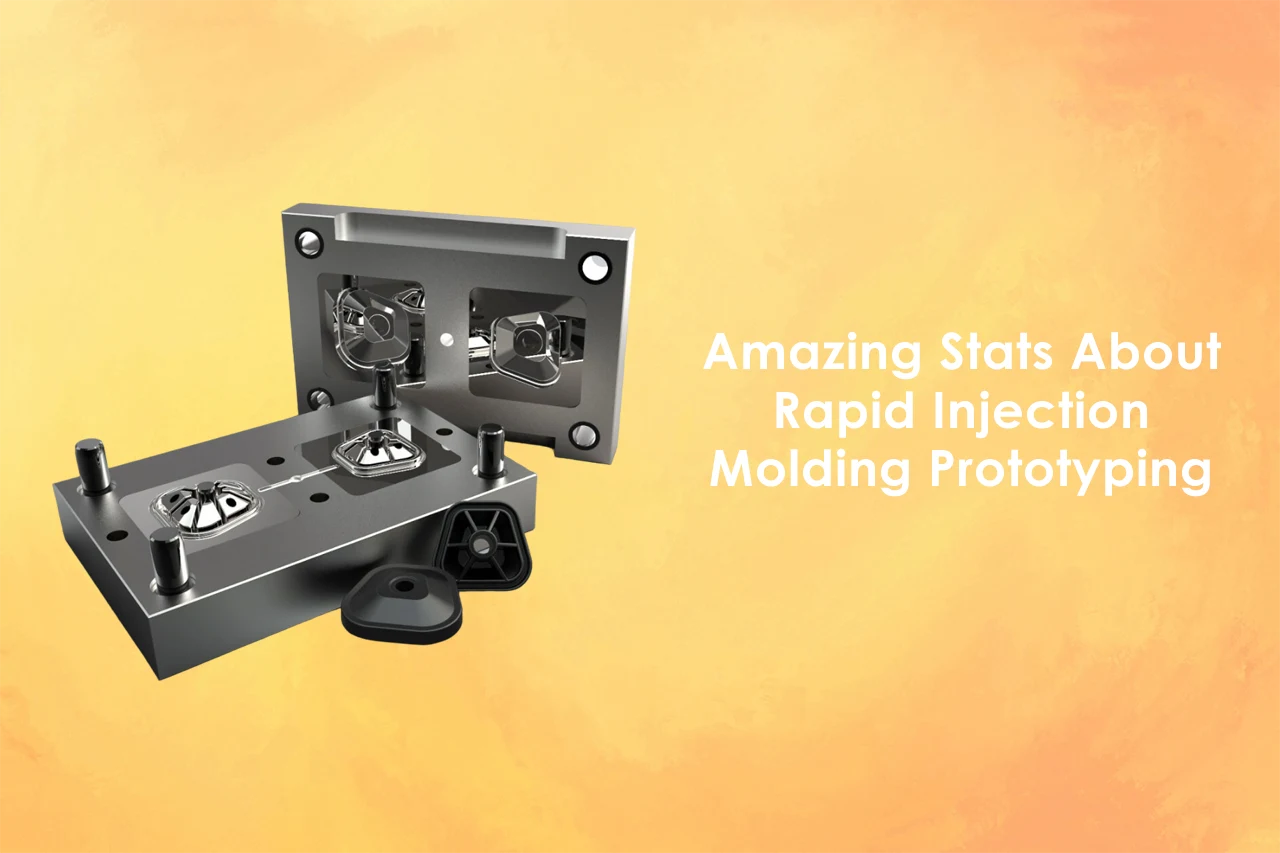Fast Delivery and Low MOQ withMoney Back Guarantee...
Fast Delivery and Low MOQ withMoney Back Guarantee...

Before the manufacturer makes a part or product available to the public, it must go through several steps. Although it may appear to be a straightforward task, many of these steps must be completed more than once before the part or product may go on to the next step. The phase of prototype injection molding development is one illustration of such a step. The product's suitability for production or function is determined at this stage, which is among the most crucial ones. Costs are also decreased since the machinist may remove extraneous features from the pieces at this point. You should read this article all the way through if you want to understand what happens throughout the prototype development stage at Plastic Injection Molds.
Let's dissect the term to see what it means. A prototype is an imitation or a replica of a component that shows how the product works and investigates all options before spending money on the item's full development. A plastic prototype manufacturing might be anything from an intricate pen-and-paper sketch to a fully functional model of the product. Prototype development is thus nothing more than a set of procedures the manufacturer uses to create the prototype. Prototyping is frequently referred to as manufacturing.
Every step in the manufacturing process, including the rapid injection molding prototyping development stage, is crucial. Part makers must not ignore the prototype development phase for the following reasons:
1. Making the product pitch
Making a component or product that the customers or sponsors will not support is pointless. We may all agree that showing a prototype to a customer or stakeholder before making a purchase will increase their likelihood of being persuaded. This is so that people may touch, feel, and provide feedback on the prototype. Their comments are crucial in helping to significantly alter the final product's design.
2. Putting the theory into practice
Drawing out a part's design does not ensure that it will perform as anticipated under real-world circumstances. A fantastic technique to assess how the component will function in its working context is to design a prototype. This test will assist the manufacturer in identifying the components of the design that need revision or elimination during prototyping near me.
3. Keeping production costs to a minimum
Since some of the money intended for the product's manufacturing will also go into the prototype, this may appear inappropriate to some people. However, the cost of producing a prototype will be little in comparison to the amount of money stakeholders would lose via trial and error. This is due to the prototype's role in determining all necessary product adjustments on the part of the manufacturer. As a result, the manufacturing cost may be estimated more precisely.
In general, producers and product developers make every effort to reduce the discrepancy between both the prototype and the finished product. The final product may not look exactly like the prototype and plastic mold or employ the same materials or manufacturing techniques.
For instance, the prototype material is often manufactured from less expensive resources than the materials needed to create the finished product. Its characteristics, however, are often the same as those of the finished product. The look and finishing of the finished product may alter as a result of the difference in raw materials.
Additionally, the quantities of the finished product and the prototypes are never the same. As they are only required for the production phase, manufacturers often produce product prototypes in small quantities. However, for a number of reasons, they produce the finished goods in bulk. One possibility is that the production process is complicated. As a result, they are unable to produce the item in the same tiny quantities as the prototype. Additionally, bulk production of the finished good will save you both time and cost.
There are a lot of misunderstandings regarding the prototype developing stage that are common among prototype manufacturing companies newcomers, which can lead to a lot of issues with the finished product. Examples of these errors include:
Any phase of the production process that involves developing a prototype needs extensive preparation and thought-out consideration. While you have the option to accomplish this yourself, getting professional assistance from a prototype manufacturing company near me streamlines the process and saves time.

